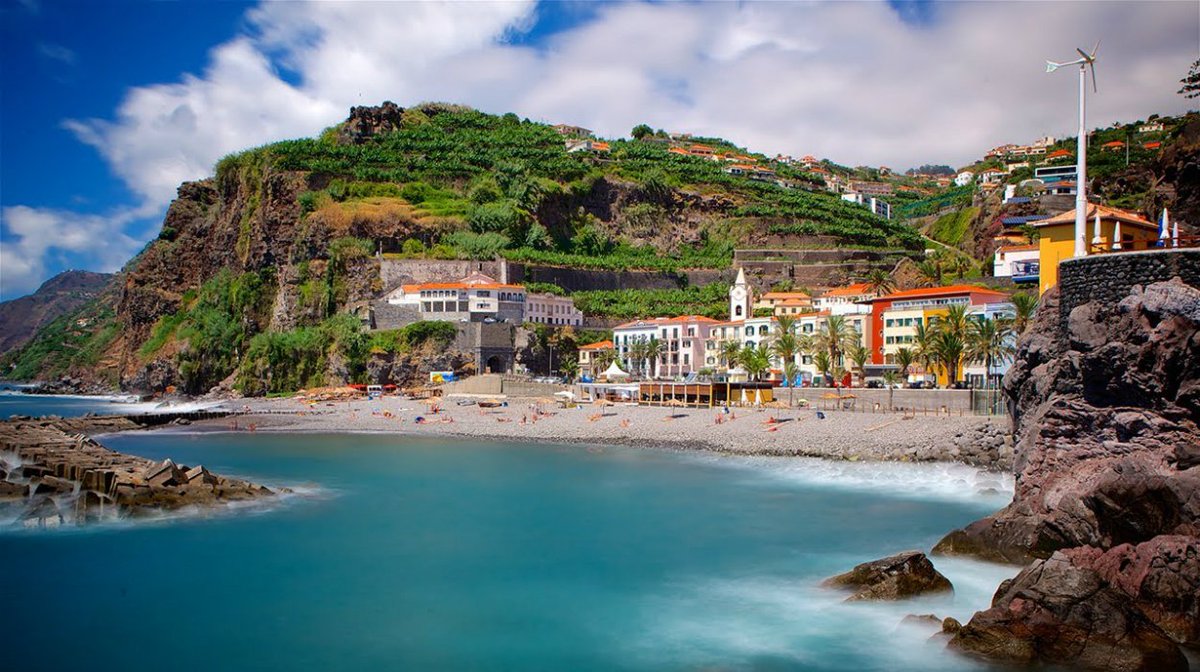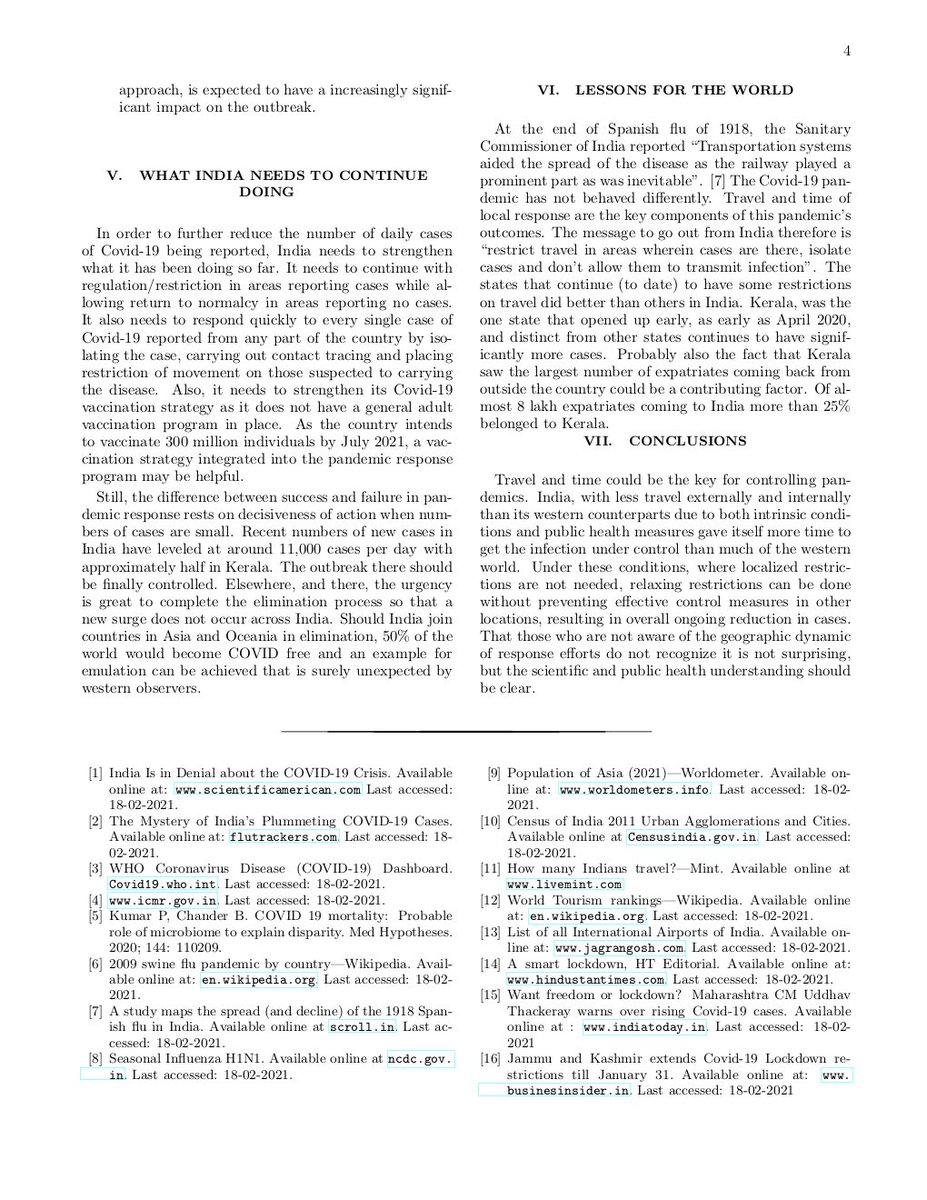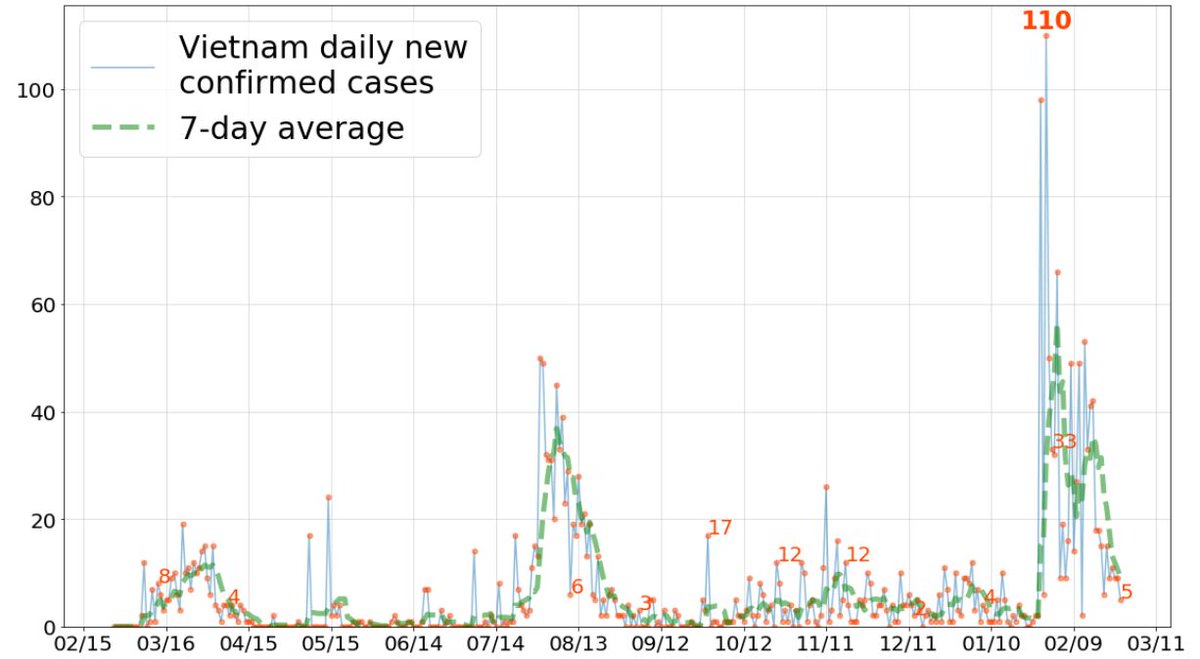
Good news! Portugal is reporting remarkable progress. Yesterday they reported 1,071 cases and 33 deaths, both ~1/10 of their peak.
It's time to think about an Exit strategy to avoid future waves and allow the country to return to normalcy as soon as possible: Green Zones.

It's time to think about an Exit strategy to avoid future waves and allow the country to return to normalcy as soon as possible: Green Zones.


Nearly every major region in Portugal has significant reductions in cases. None of the mainland regions are ready to open up as a whole, but if they can be subdivided into smaller regions, the path to reopening can be accelerated. 



The Azores archipelago is close to ZeroCovid.
Madeira, the other Portugese archipelago, is the one region in which cases are not declining rapidly recently. Portugal airlifted patients there a month ago when hospitals were overflowing.
Madeira, the other Portugese archipelago, is the one region in which cases are not declining rapidly recently. Portugal airlifted patients there a month ago when hospitals were overflowing.

These regions can be subdivided into smaller zones: municipalities. Of 308 municipalities, nearly 200 average less than 10 cases per day, and 40 average less than 1 case per day!
ine-pt.maps.arcgis.com/apps/opsdashbo…
ine-pt.maps.arcgis.com/apps/opsdashbo…

Municipalities can be further subdivided into over 3,000 parishes. Many of them must already be covid free, and could return to normalcy if travel restrictions are implemented. Lockdowns have already included such travel restrictions.
With a green zone exit strategy, geographic regions can be isolated from one another by travel restrictions, with permits for commuters and quarantines for new arrivals. As regions become covid-free, they can return to normalcy while the other regions continue to recover.
This strategy has multiple benefits:
1. Regions that are covid-free don’t have to remain locked down waiting for cases to go down elsewhere.
2. The smaller the zones, the faster they can get to zero.
1. Regions that are covid-free don’t have to remain locked down waiting for cases to go down elsewhere.
2. The smaller the zones, the faster they can get to zero.
3. As more zones become green, green zones expand and travel can be resumed between them.
4. If new cases arise in a current green zone, travel can be temporarily restricted so the outbreak can be contained within that zone.
4. If new cases arise in a current green zone, travel can be temporarily restricted so the outbreak can be contained within that zone.
This “Green Zone” exit strategy has been successfully applied over and over in many countries throughout the world.
Read more:
endcoronavirus.org/green-zones
Read more:
endcoronavirus.org/green-zones
• • •
Missing some Tweet in this thread? You can try to
force a refresh




















